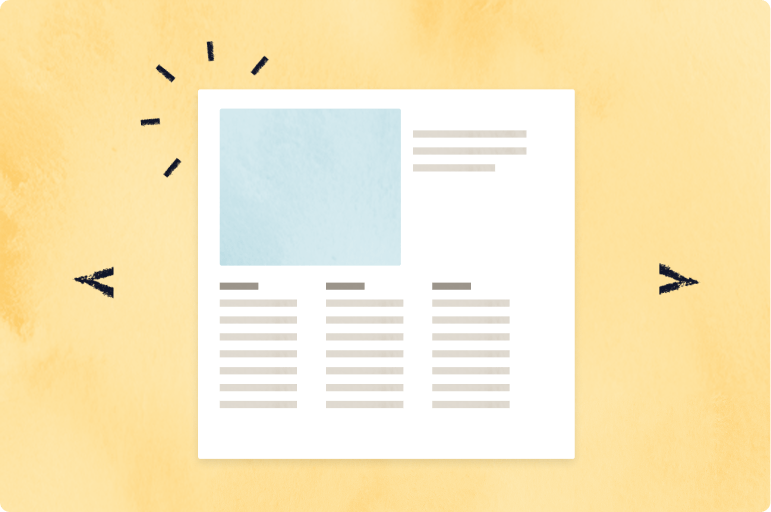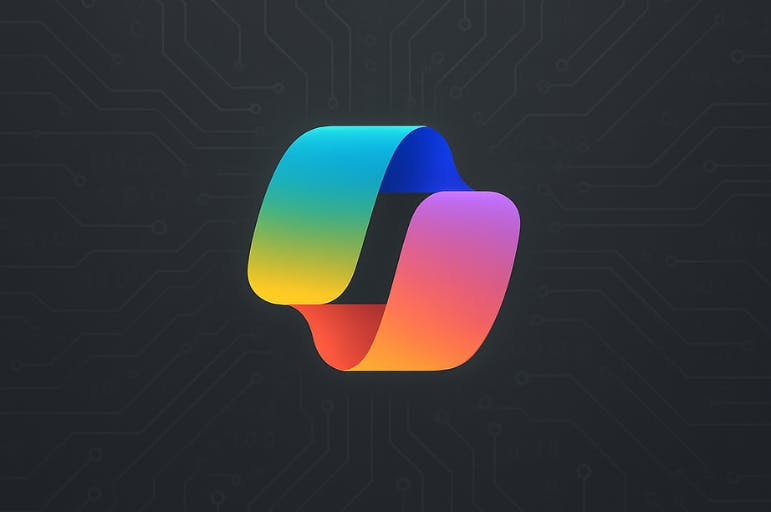Employee leaving? Here’s the process for writing a solid handover

When a long-time employee leaves a company, their departure creates gaps in knowledge, disrupts workflows, and impacts team performance. Your goal is to protect continuity, maintain momentum, and set the next person up to succeed. And a well-structured employee handover process creates that smooth transition, minimizes disruptions and preserves institutional knowledge.
Here's how to support departing employees in writing a full handover and building a clear off-boarding checklist.
Why handovers matter
A proper handover helps you maintain business continuity. Teams may struggle with incomplete information, delays, and costly mistakes without one. Effective knowledge transfer reduces these risks and sets remaining and new employees up for success. A structured handovers helps:
- Preserve internal knowledge: Critical information doesn’t leave with the departing employee.
- Minimize disruptions: Keeps projects on track and prevents delays.
- Improve onboarding for replacements: New hires can onboard faster with clear documentation and guidance.
- Enhance team collaboration: Encourages transparency and cross-functional support.
A well-structured employee handover process ensures a smooth transition, minimizing disruptions and preserving institutional knowledge.
Essential elements of a good handover
The most effective handover checklists are focused, practical, and easy for successors to apply from day one. Here’s what to include:
- Key responsibilities
Summarize the core areas of ownership. Focus on recurring tasks, strategic responsibilities, and any knowledge that’s not easily visible in systems or process docs. - Ongoing projects
Provide a high-level status update on each active initiative. Note key milestones, current blockers, and next steps to help successors maintain momentum without restarting the process. - Important contacts
List key stakeholders and their roles, with context on how and when to engage them. This saves time and builds trust faster for whoever steps in. - Processes and tools
Document the platforms, systems, and workflows used in the role. Include access steps, tool-specific tips, and where to go for support. - Pending issues and risks
Flag unresolved questions or risks that need attention after the handover. Be clear on who owns next steps if handoff won’t be complete before the departure.
Best practices for effective handovers
Even with a great template, handovers work best when they’re part of a consistent, team-wide process. A few small shifts can significantly improve outcomes:
- Start early: Begin handover documentation as soon as notice is given—don’t leave it to the final week. This gives space for meaningful knowledge transfer.
- Keep documentation clear and accessible: Use a shared format and location so teams know where to find handover docs. Avoid versioning issues by sticking to a central digital workspace.
- Facilitate knowledge-transfer sessions: Schedule at least one dedicated meeting between the departing employee and their successor or manager. Even 30 minutes can surface key insights that don’t make it into documentation.
- Encourage real-time feedback: Let successors ask clarifying questions during the process. This two-way exchange helps catch gaps early and makes the handover more actionable.
- Systemize with digital tools: Use your existing platforms (like and LMS or HR systems) to track task ownership, training needs, and checklist progress.
How learning platforms support seamless transitions
A strong handover reduces friction. But pairing it with structured learning ensures long-term success.
With Go1, new hires get access to on-demand content tailored to their role and responsibilities. Programs can be easily set up by your team ahead of time or you can utilize one of our pre-curated playlists. From compliance essentials to skill-specific upskilling, teams can get up to speed quickly without relying solely on peer shadowing or static documentation.
Platforms like Go1 free up your team’s time. Instead of recreating training from scratch, you can:
- Deliver curated, role-relevant learning paths from day one
- Track onboarding progress and address gaps early
- Ensure compliance and upskilling stay on pace, even during transitions
Employee transitions are inevitable. Disruption doesn’t have to be. With a clear handover and the right learning tools in place, you can protect your team’s continuity and keep business moving forward without pause.
Enhance your onboarding process
Related Articles

Psychologist-Backed PepTalks to Strengthen Your People, Boost Wellbeing, and Build Resilience

How to Use Keynote-Style Talks to In Your L&D Program

10 Courses to Help You Master Microsoft Copilot

11 Inspirational Speakers to Supercharge Your Leadership & Team Programs

Train smarter, spend less
Train smarter,spend less
Connect with a Go1 expert to explore the best training options for your organization—no pressure, just solutions that work.